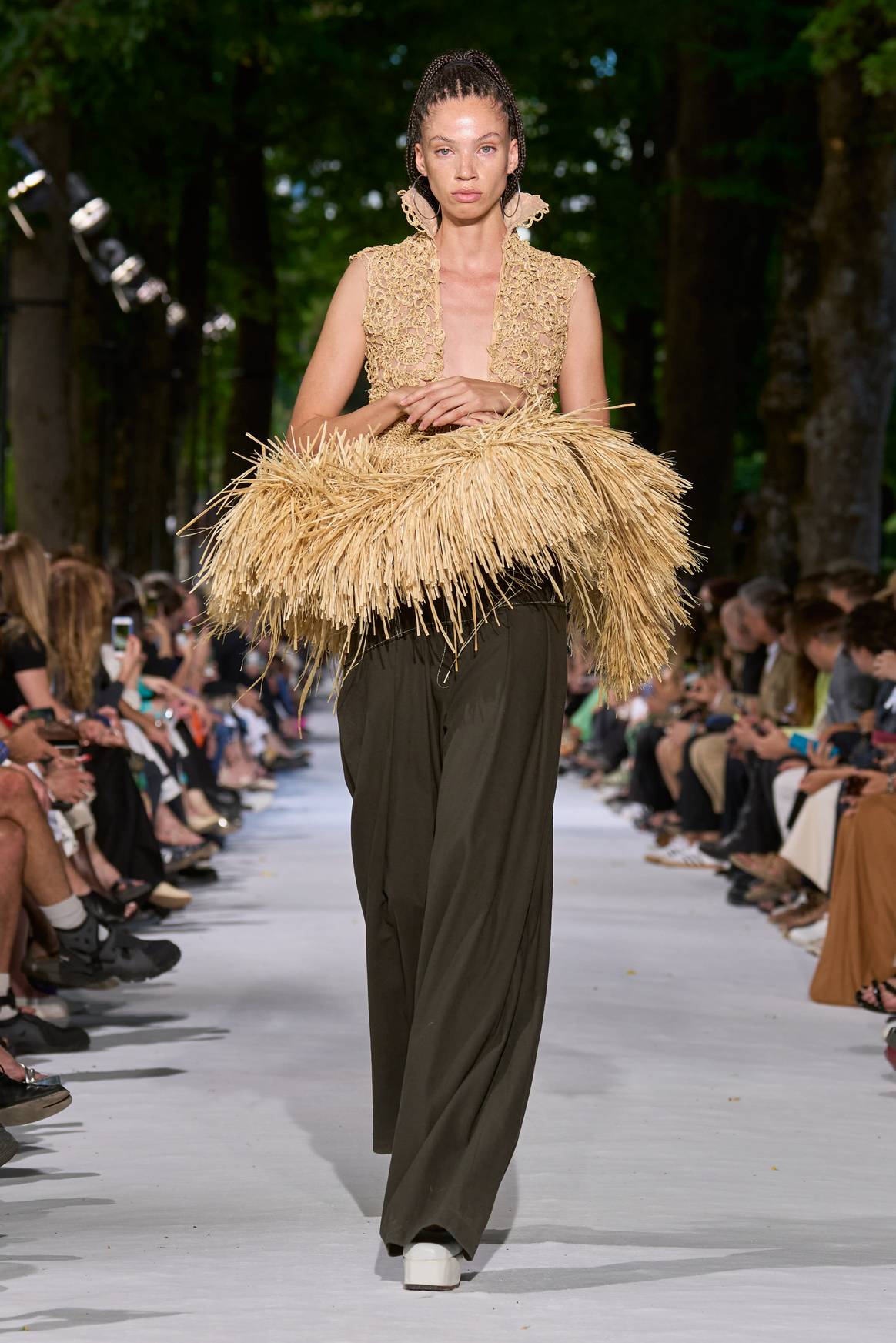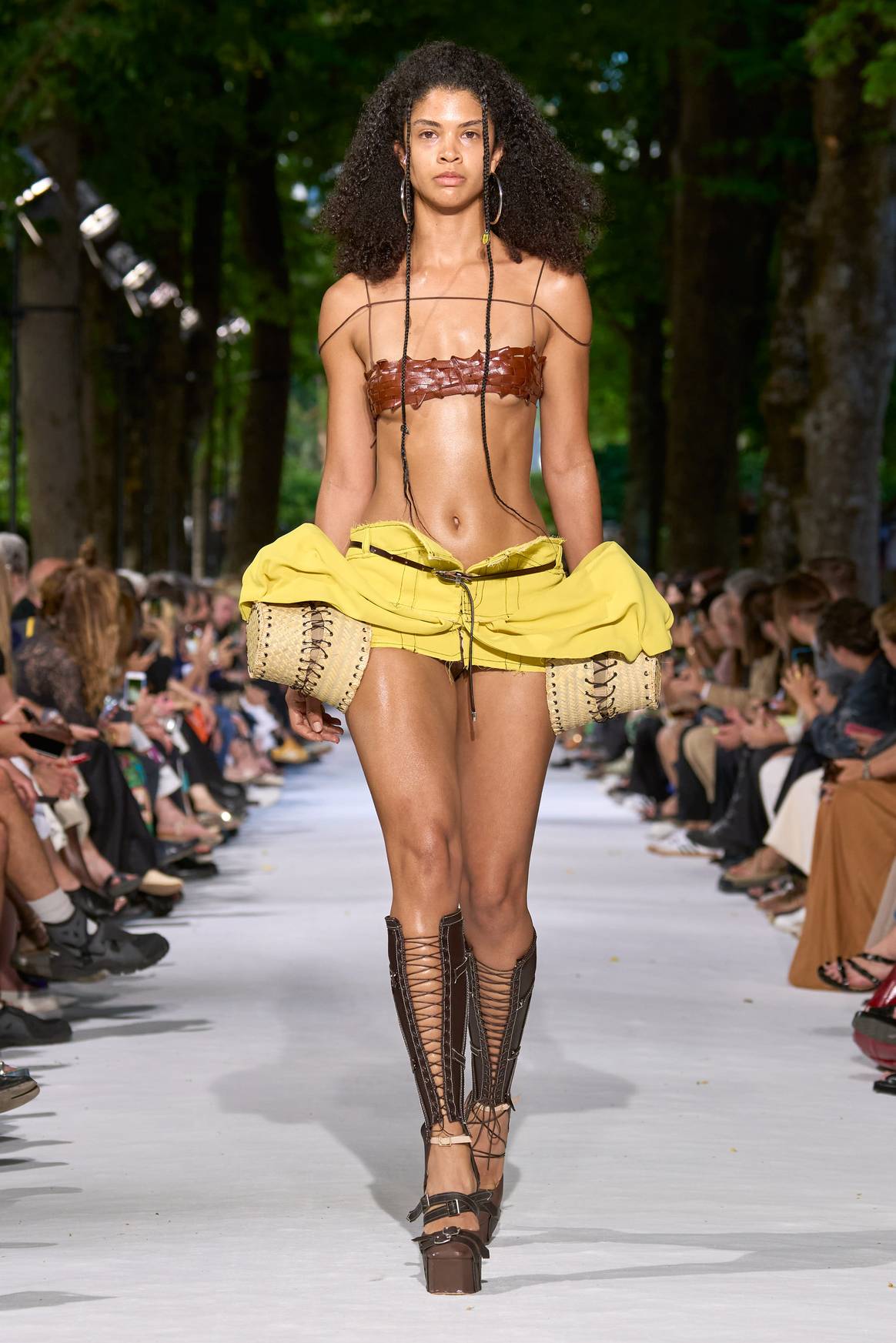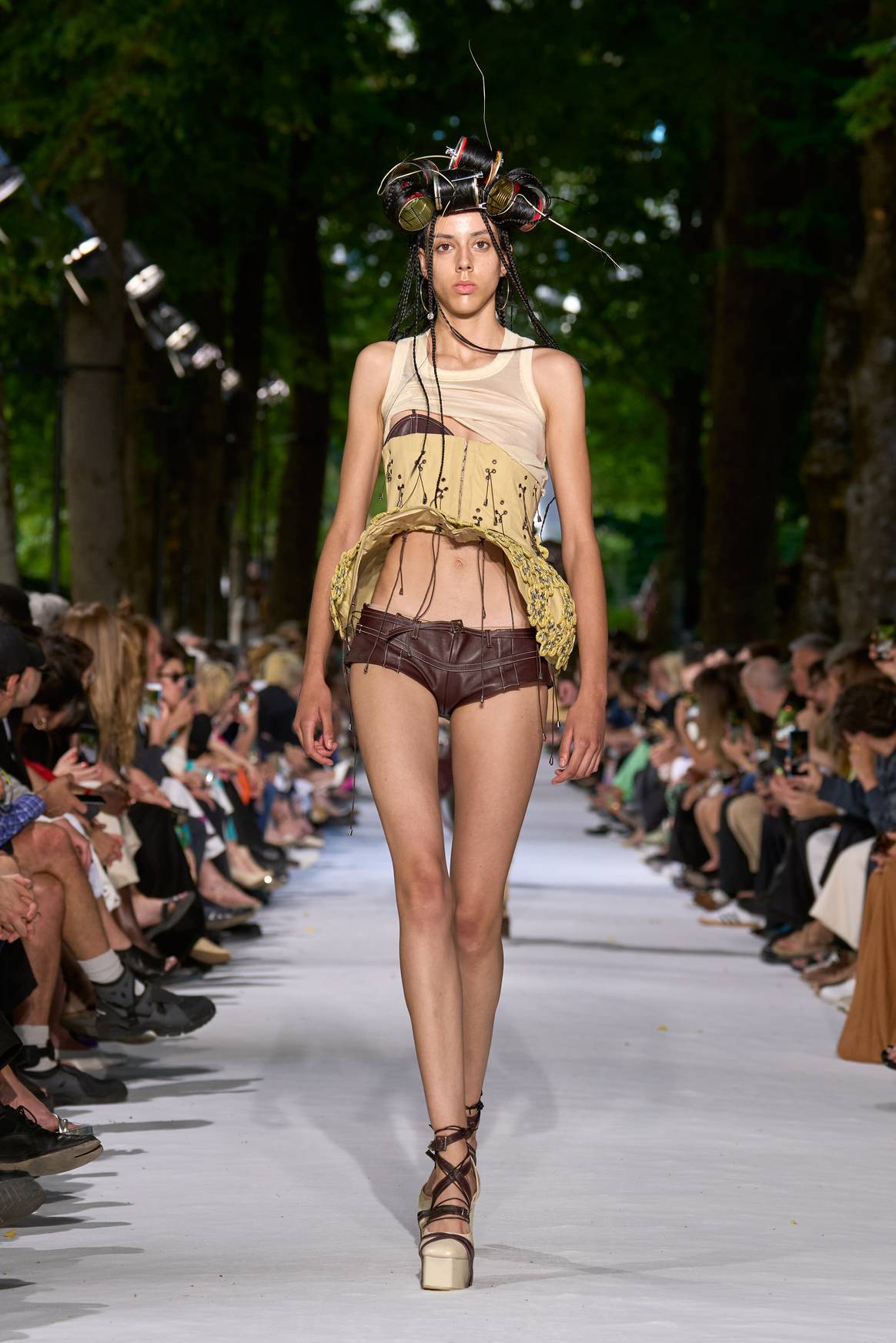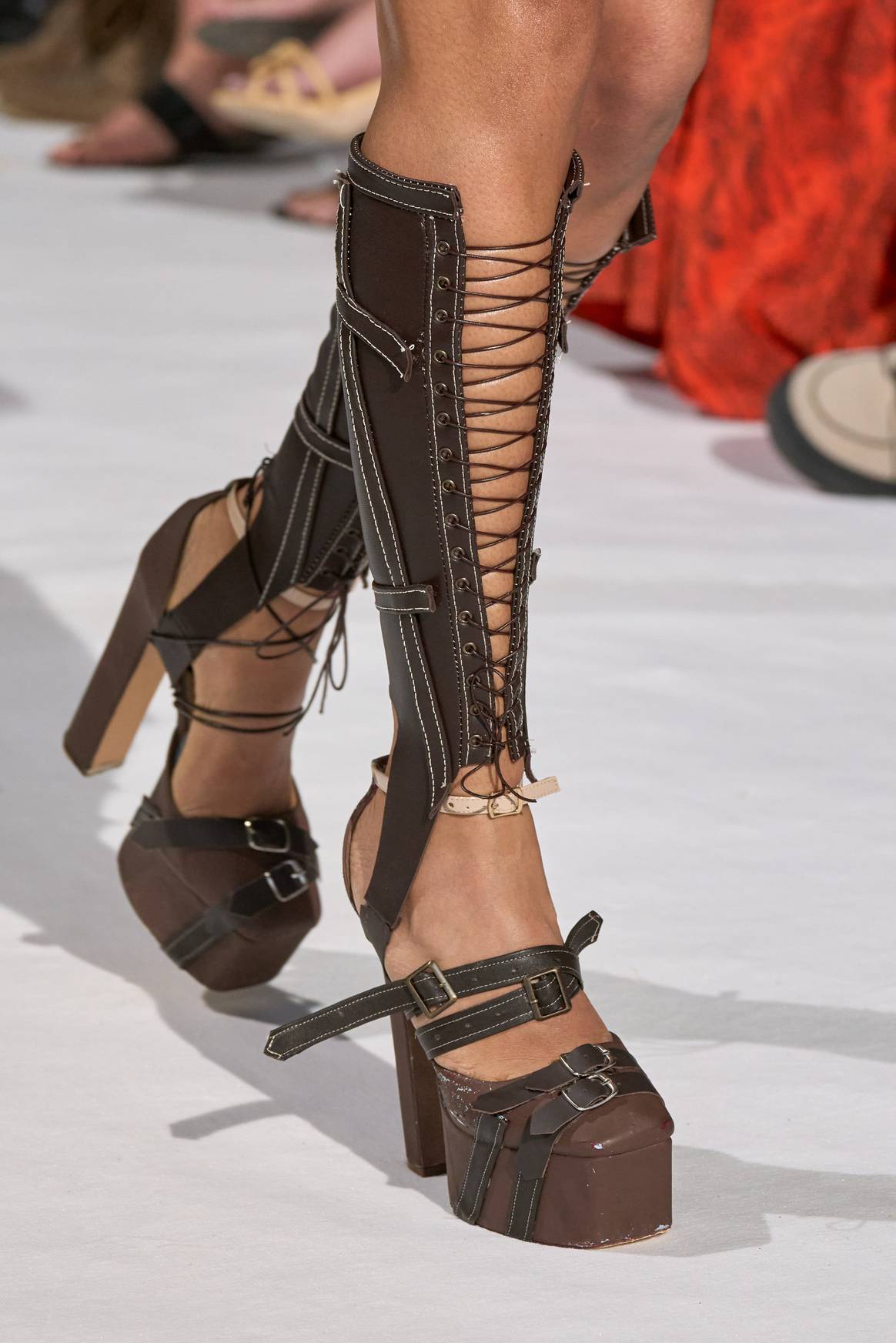Engaged in the clothing industry for 20 years.

A Q&A with Jimena Guzman, Polimoda’s top graduate 2024
Yesterday, Polimoda named Jimena Guzman the winner of its fashion graduation show 2024, which took place on June 12.
The young designer who hails from Santiago in the Dominican Republic presented a collection inspired by her cultural roots that was lauded by Polimoda’s professional jury for its originality and technical details. FashionUnited asked Guzman about the inspiration behind her collection, her time at Polimoda and how growing up in the Dominican Republic and studying in Italy has shaped her view on fashion.
1. Could you explain the concept and meaning of ‘Bajo Mundo’ and why you chose this title for your graduation collection?
This collection was inspired by the odd attitude, rebellious nature, and music genre (known as Dembow) that represent the most marginal neighbourhoods of the Dominican Republic. I tried to contrast the attributes of this emerging subculture with the artisanal technique that has been applied to natural fibres and materials throughout generations as the traditional way of life [in the Dominican Republic]. I chose Bajo Mundo as the title of my collection because it represents the urban environment where the collection is set. This term [which, when loosely translated means “lower world”, ed.] is commonly used to describe such areas in my country.
2. How has your time as a student at Polimoda shaped you as a fashion designer?
It has completely transformed me and taught me so much. It has been a great honour to be part of one of the leading schools in the world of fashion. My journey as a fashion designer at Polimoda has been nothing short of transformative. During my time here, I’ve learned to materialise my vision, identity and creativity into garments that represent them. The environment, the expert guidance from faculty members and the exposure to the industry have all played a significant role in shaping who I am today.
3. How has living and studying abroad influenced your view on your own culture and heritage?
Coming from a small country with limited fashion education, living abroad has significantly expanded my vision and knowledge. The challenge of adapting to an environment where most have a fashion background has helped me grow both personally and professionally. This experience motivates me to return to my country and apply everything I’ve learned.

4. Your collection’s show notes mention the idea of the ‘freedom of women’s bodies’. In your view, how can clothing/fashion contribute to or restrict the freedom of the female and her body?
I believe fashion can play a very powerful role in contributing to the freedom of the female and her body in making women feel secure about their bodies. It is how I would like for all women I dress to feel when they wear my designs.

4. Did growing up in the Dominican Republic and what you observed during this time shape the womenswear designs that you created for your collection?
Growing up in the Dominican Republic has shown me how confident women feel when they wear revealing clothing, such as very short shorts or cropped t-shirts. This style makes them feel confident and sexy, which is evident when observing their happiness and confidence on the streets. In my designs, I emphasised a lot on the hips, as seen in my big hand-woven dress that interprets an extended hip, making this volume the focal point of the silhouette.

5. How did you and the local artisans in the Dominican Republic use artisanal drying techniques for the raffia material that’s so important in your collection? Please elaborate on the technical process behind these techniques.
The drying process of this natural fibre comes from palm trees and it can change its colour based on the drying location. The fibre is then cut thinly for uniformity, after it is dried under direct sunlight. Initially, it turns into a light green-blueish colour, and with more sun, it can become lighter or pale yellow. If dried in partial shade, it can turn yellow immediately. Local artisans explained that the drying process and resulting colour truly depends on the time of year and the type of palm tree it comes from.



